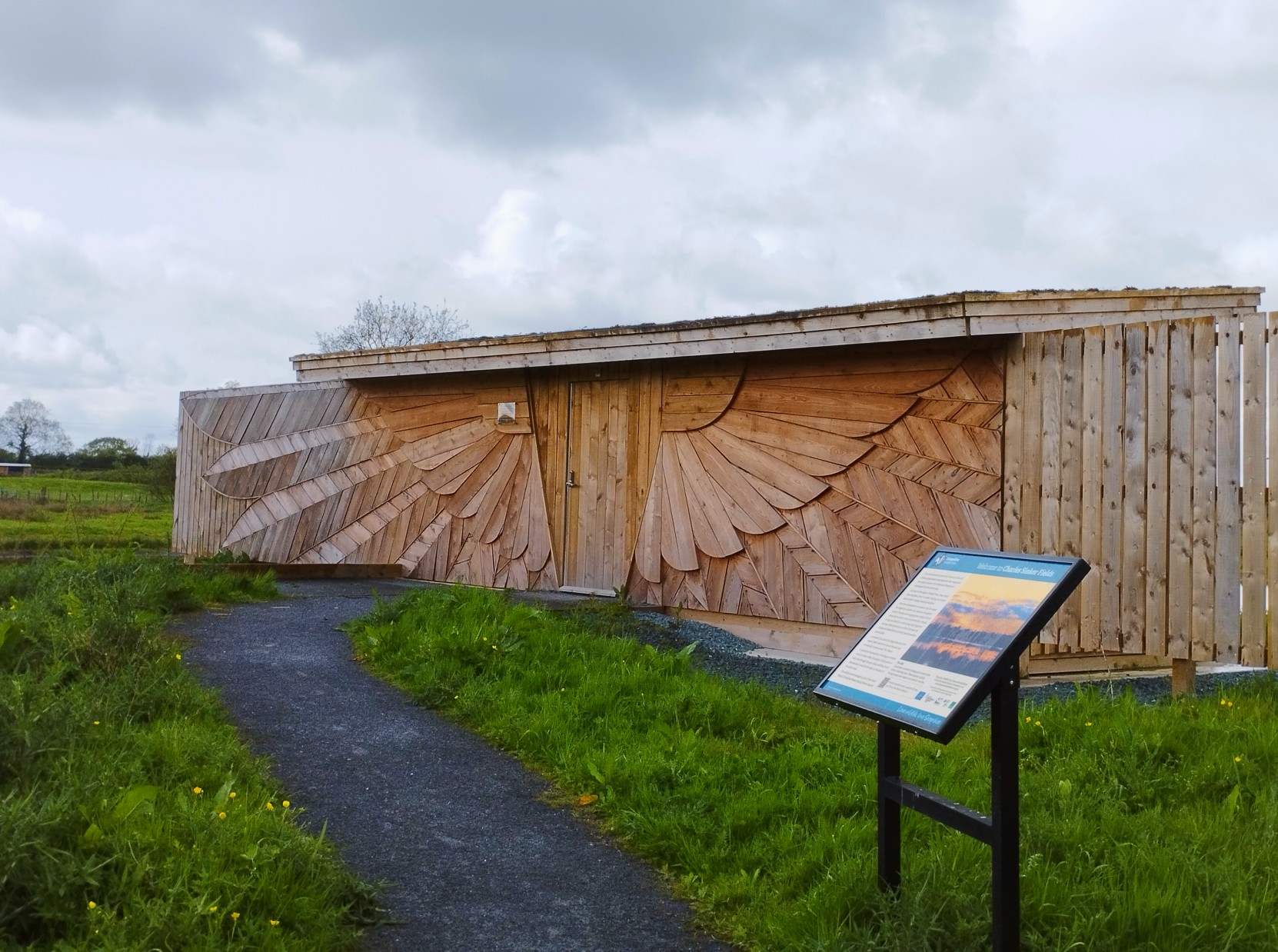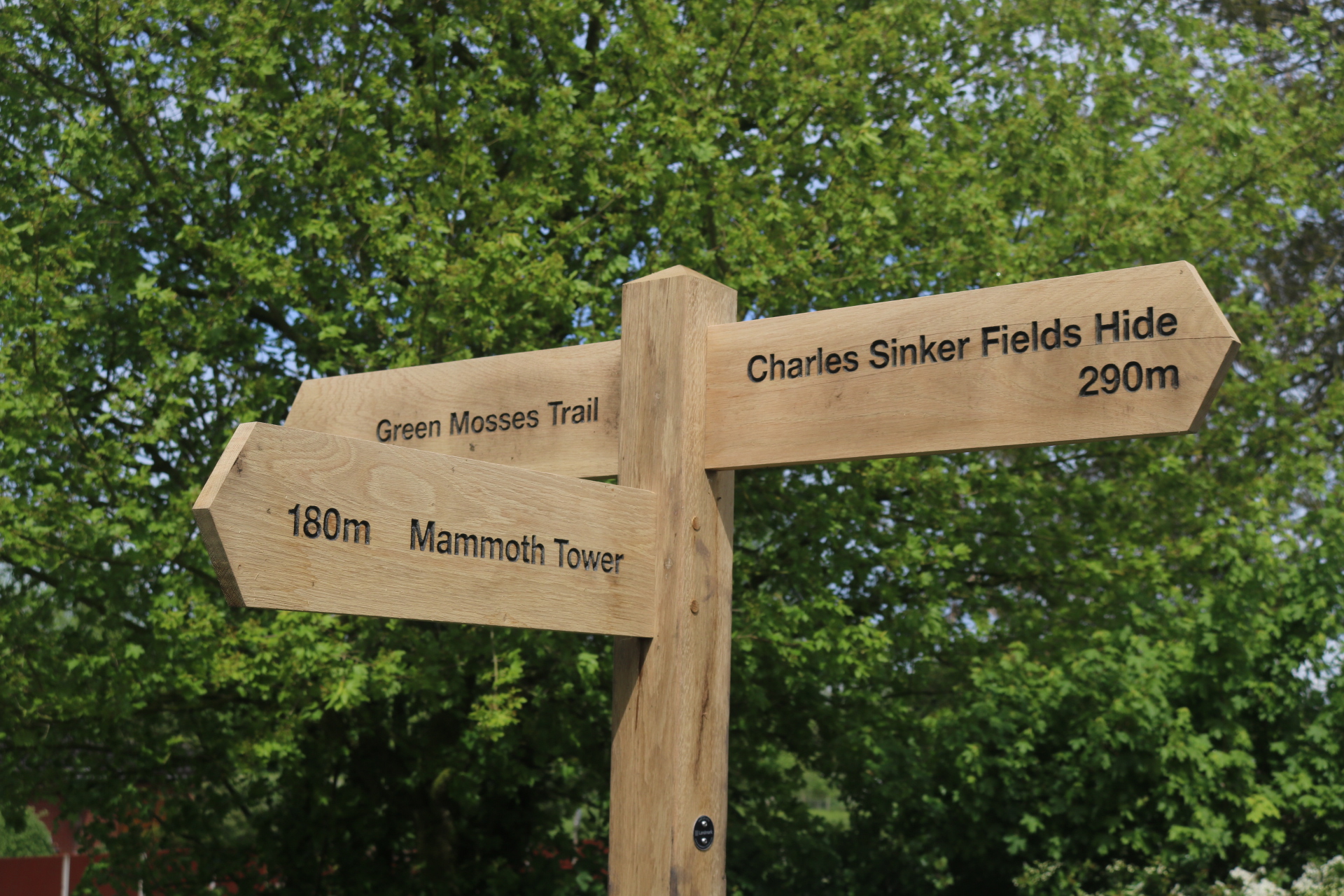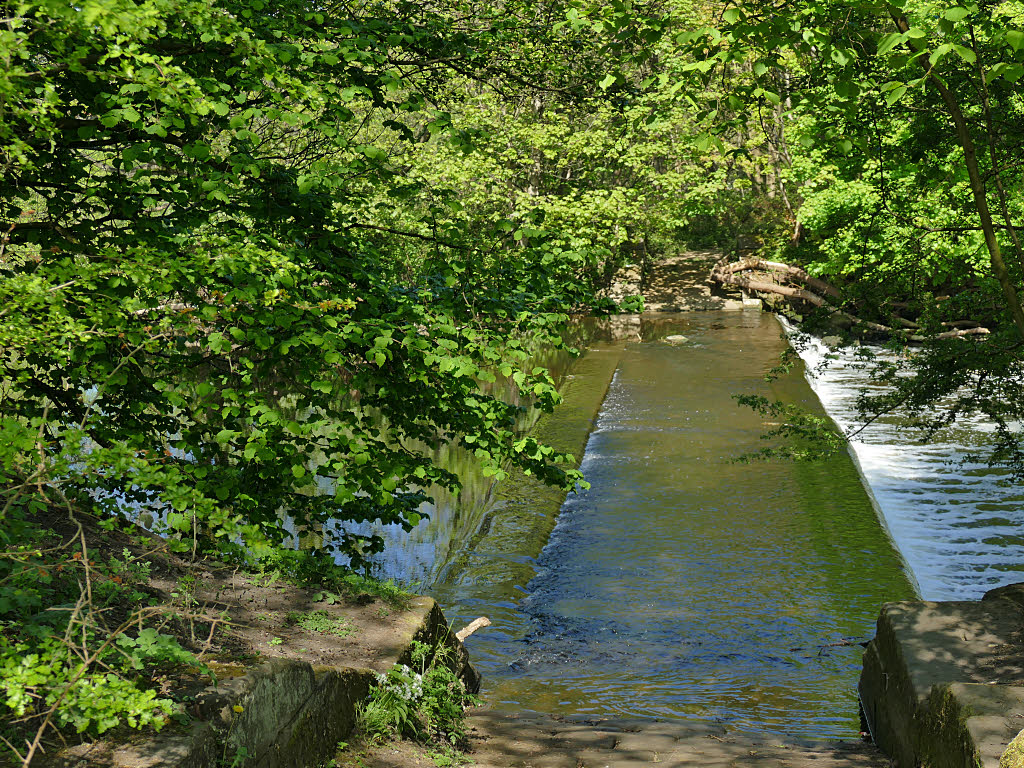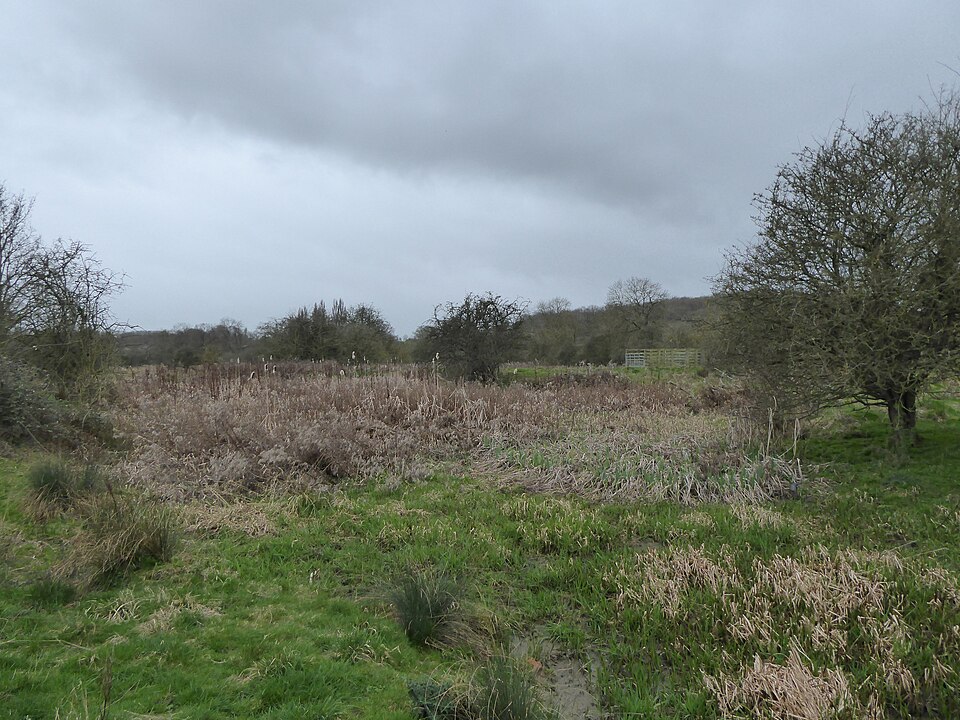One of the benefits of a canal boat holiday is to be placed right in the middle of the countryside and immersed in nature. Whilst it can be tempting to make progress to a certain destination, it well worth considering slowing down a little and exploring some of the nature that can often be found and explored very close to the towpath.
We've put together a list of our top 5 Wildlife Trust Nature Reserves which can be easily accessed on a holiday from one of our independant hire-bases.
Tring Rerservoirs
Know as one of the best bird-watching spots in the south of england and Site of Special Scientific Interest Tring Reservoirs are a group of 4 reservoirs: Startop's End, Marsworth, Tringford and Wilstone.
Originally built to supply water to the Grand Union Canal, a purpose they still serve today, the reservoirs now also play an important part for wildlife. Wilstone Reservoir for instance has turned into a true wildfowl sanctuary. Oystercatchers and common terns are using the reservoir as their breeding grounds and tufted duck, wigeon, shoveler, pochard and occasionally goosander, smew and goldeneye overwinter here.
Given their original purpose it's no surprise that there is good access from the towpath. There are multiple walking routes and it's possible to explore all 4 reservoirs on foot with bird hides at Tringford, Startops and Wilstone reservoirs.
Charles Sinker Fields, on the edge of Fenn's, Whixall and Bettisfield Mosses National Nature Reserves.
Right at the edge of Fenn's Wixhall and Bettisfield Mosses National Nature Reserves and only a short 5 minute walk from the towpath sits Charles Sinker Fields, The land here is an important edge habitat for Whixall Moss (also known as ‘lagg’) and has been restored to make sure that the majority of the fields remain wet for the whole year - even during dry summers preserving the wetland habitat for wetland bird species.
The new all-accessible bird hide provides views over the area of open water where birds such as curlew, lapwings, starling murmurations and many more dabblers and waders can be seen.
If you take your wellies there are also multiple walking routes nearby on and around The Mosses and event if you've forgotten them the Mammoth Tower is not to be missed, not even in the potential rush to Pontcysyllte Aqueduct - it's again just a short walk to the towpath and provides a stunning view of the expanse of the Mosses.



Marbury Reedbed at Marbury Park
A wonderful walk from the towpath leads through the woodland of Marbury Park to the Marbury Reed bed. The Reedbed is part of the Budworth Mere SSSI and comprises a boardwalk and bird hide. Great crested grebe, little grebe and kingfisher are regular habitants. Reed and sedge warblers are also regular visitors. If you have a bit more time on your hands, a visit to Marbury Reed bed can be easily combined with a a meander through the tranquil woodlands and open meadows of Marbury Park on a circular route.


Kirkstall Valley Nature Reserve
Once the site of Kirkstall Power Station, this Nature Reserve is a wonderful example of nature restoration. Kirkstall Valley Nature Reserve is owned by Leeds City Council and managed by the Wildlife Trust, providing a great variety of meadows, young woodland, ponds and ditches that support species such as the small copper butterfly, red fox, kingfisher, pipistrelle and the Daubenton's bat. There are even the occasional sightings of otters at the old ford.

Stoke Bruerne Brick Pits
Easily accessed via a footpath in between locks 15 and 14, Stoke Bruerne Brick Pits was originally created by the Grand Junction Canal Company to provide bricks for the building of locks and Blisworth Tunnel. After the site was abandoned, a surprisingly varied landscape of reed beds, ponds, damp and rough grassland and the disused canal arm was left behind. The ponds are the ideal habitat for several species of invertebrates and dragonflies. The grassland provides the perfect shelter for small mammals, which in turn benefits barn owls. Sedge warblers, red wings and reed warblers and the white legged damselfly are the star species here at Stoke Bruerne Brick Pits.
All these wildlife trust nature reserves are easily accessible on week long holidays from at-least one of our hire-bases, if you would like to visit one and your not sure of the best place to start please get in contact, and we will be happy to help. You can of-course also visit them without a canal boat hire and if you are local to one we would absolutely encourage you to do so.


